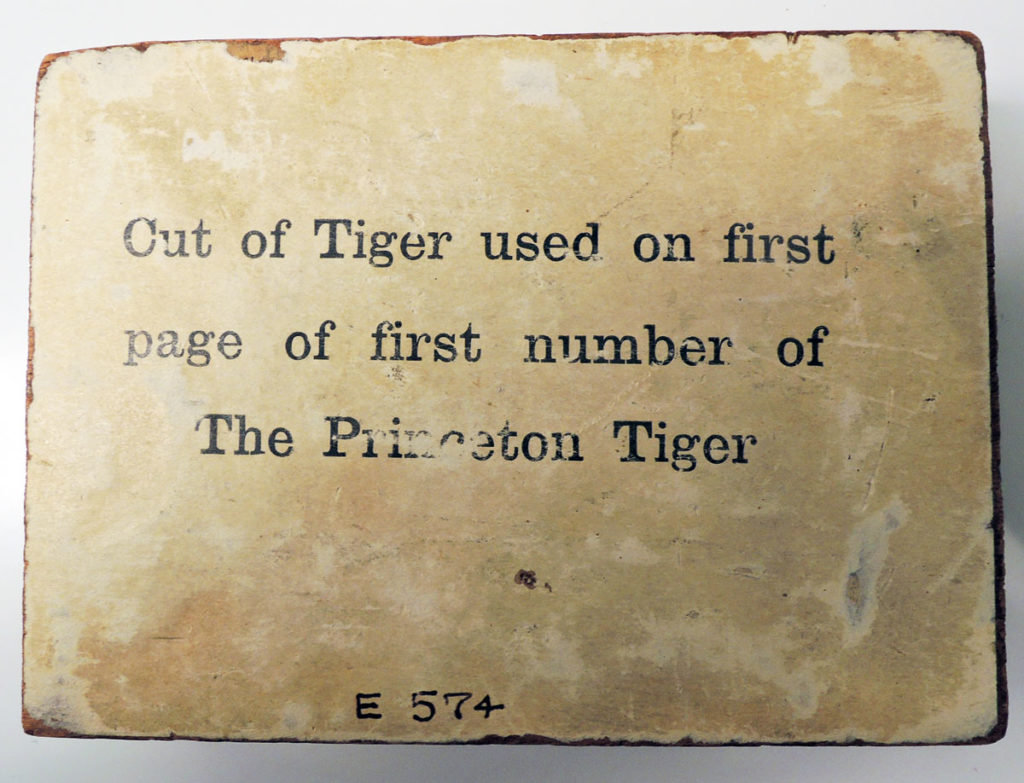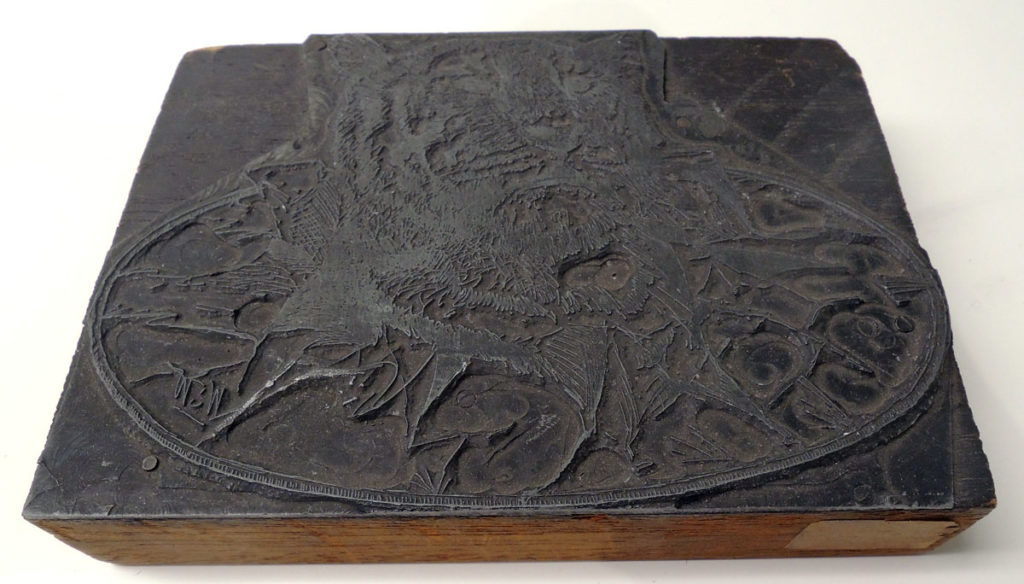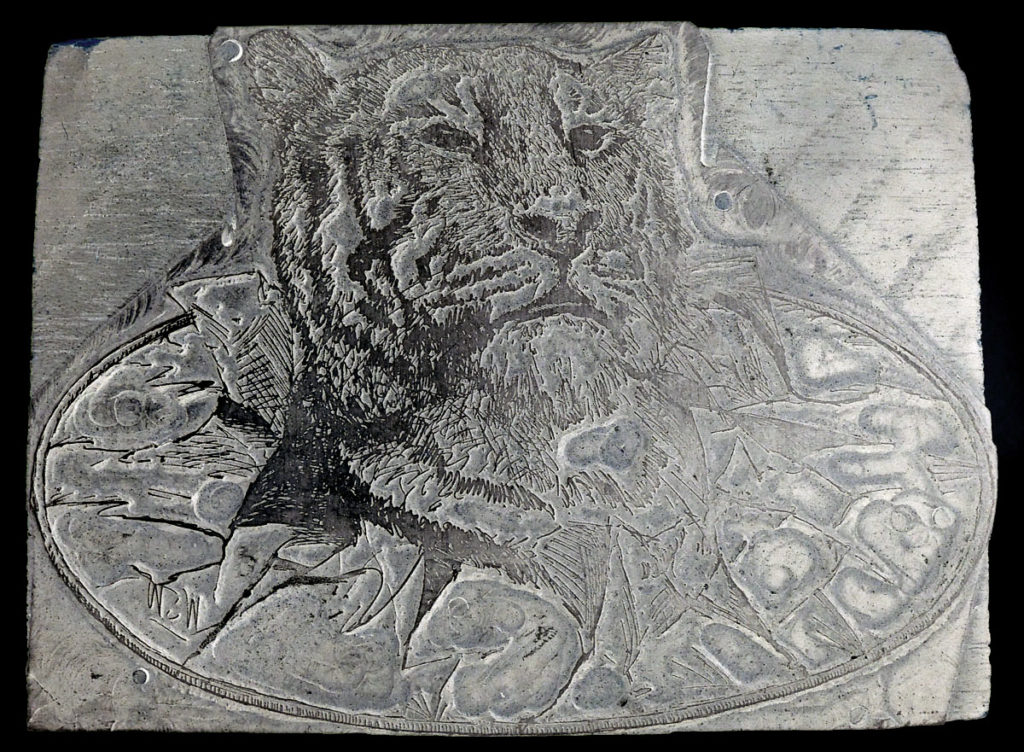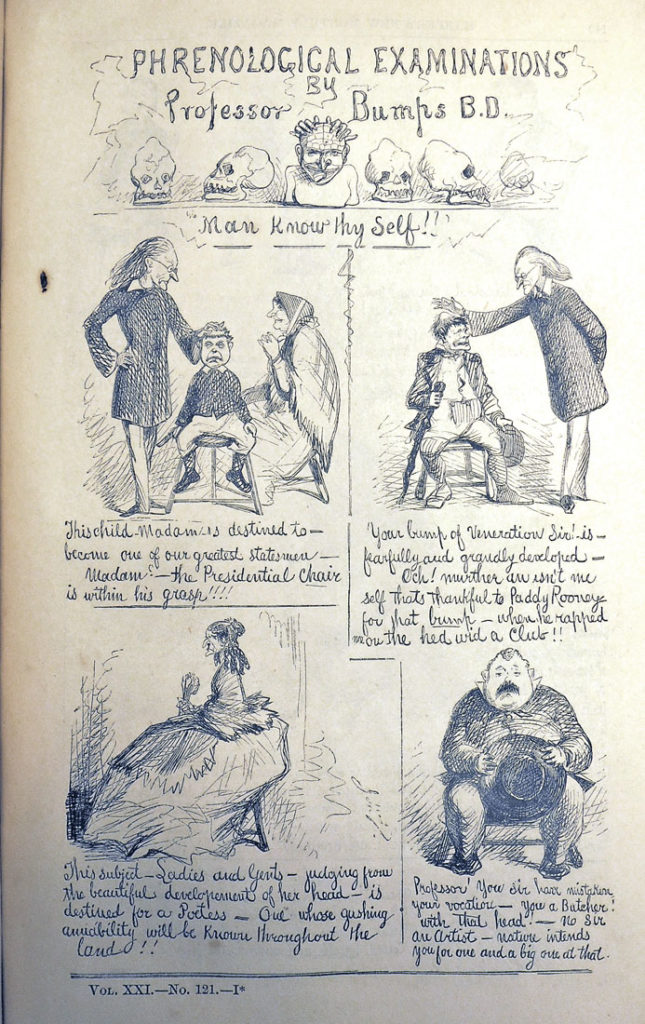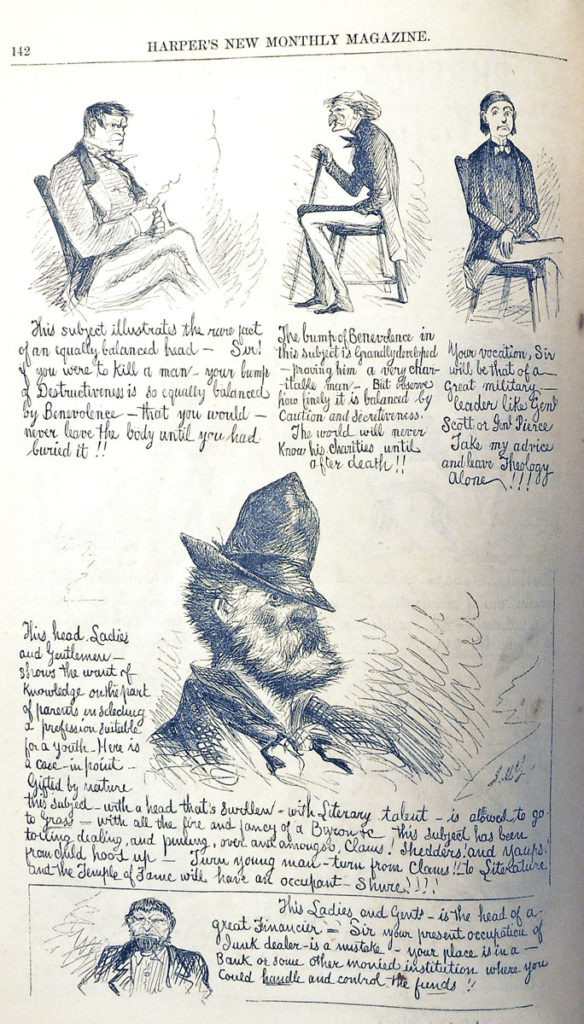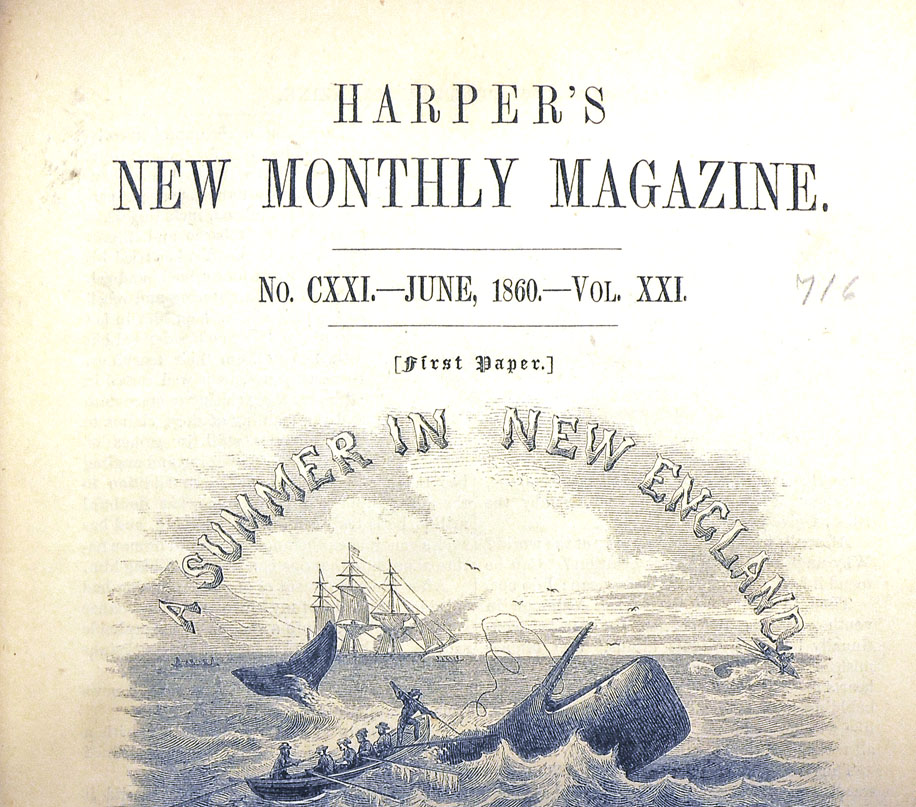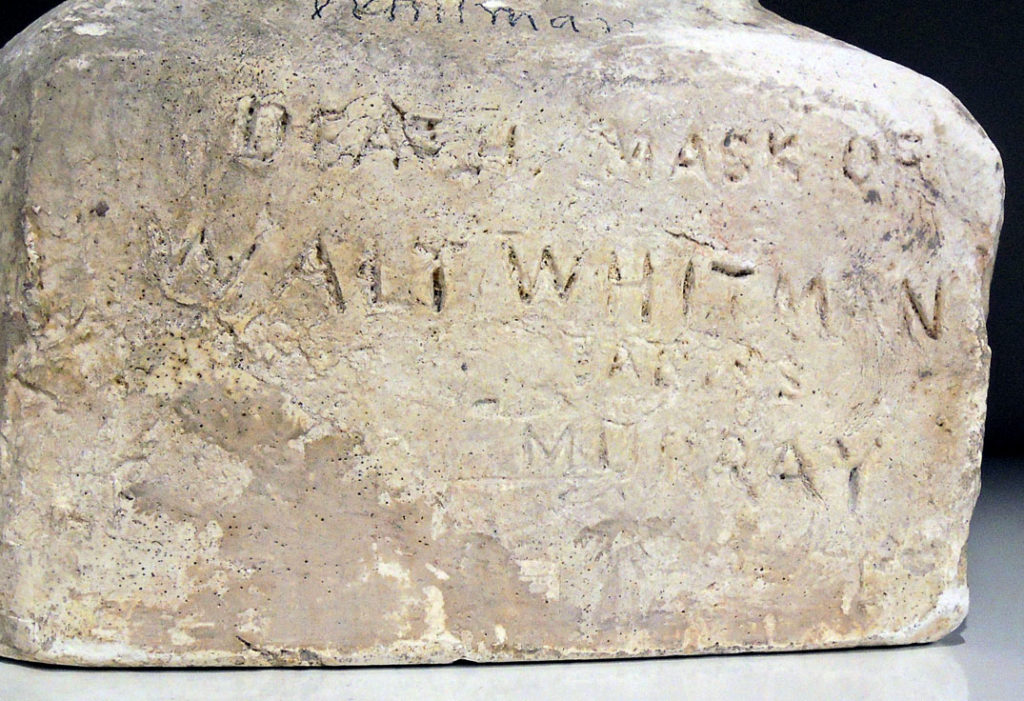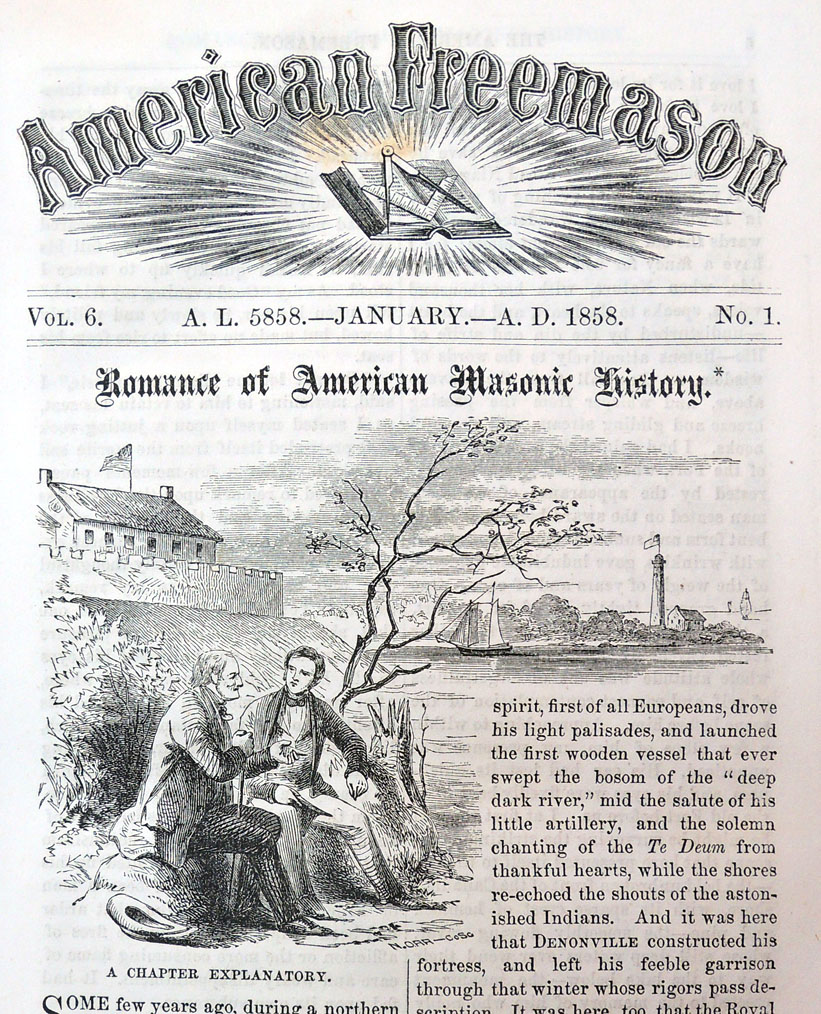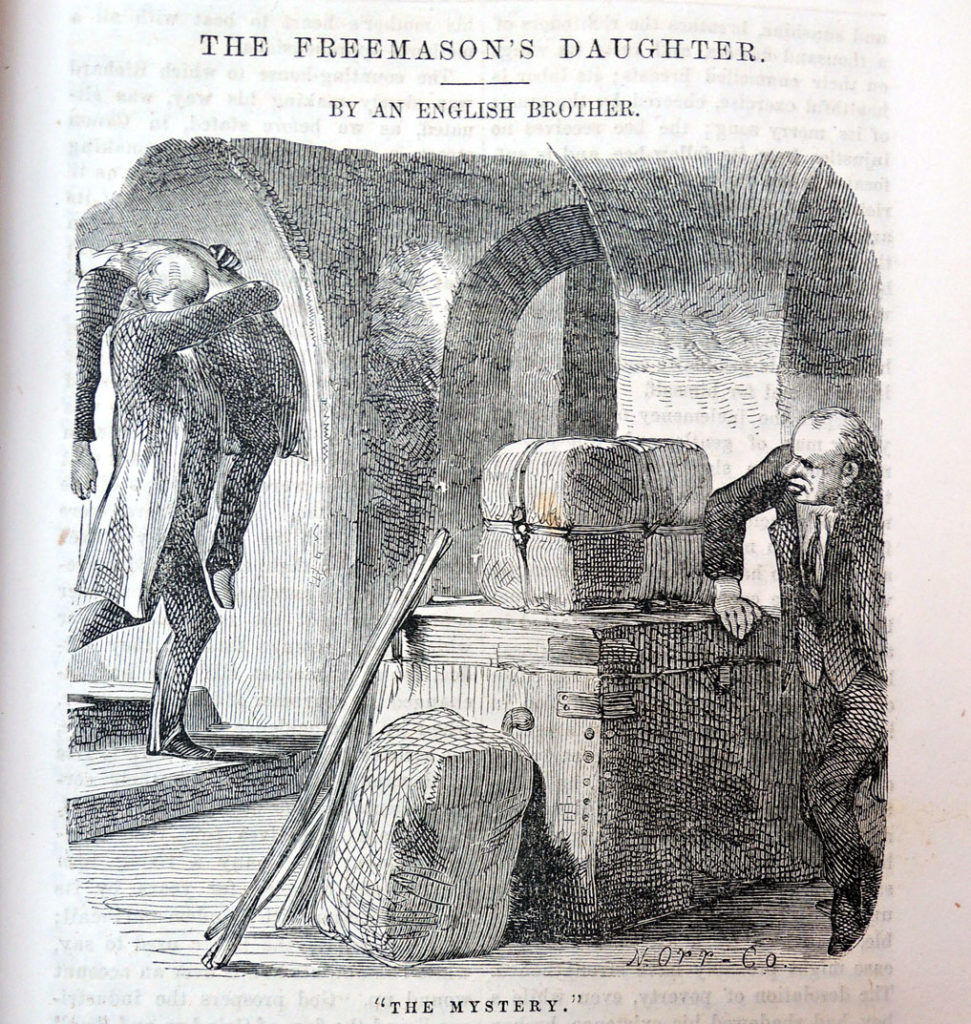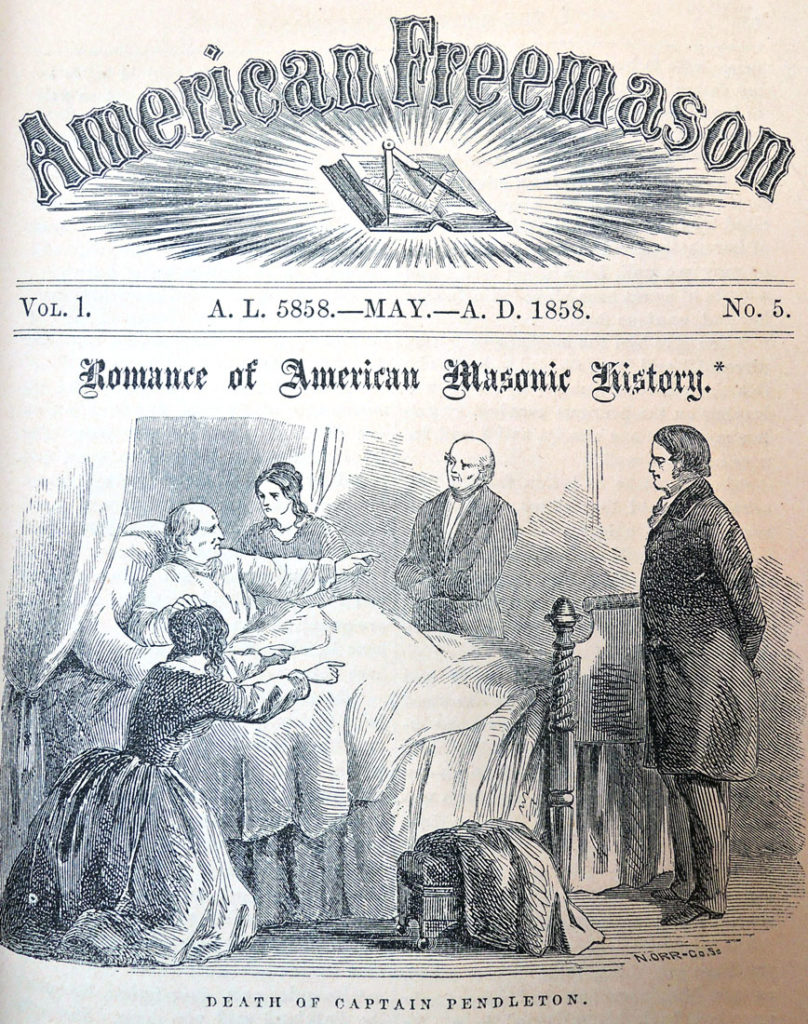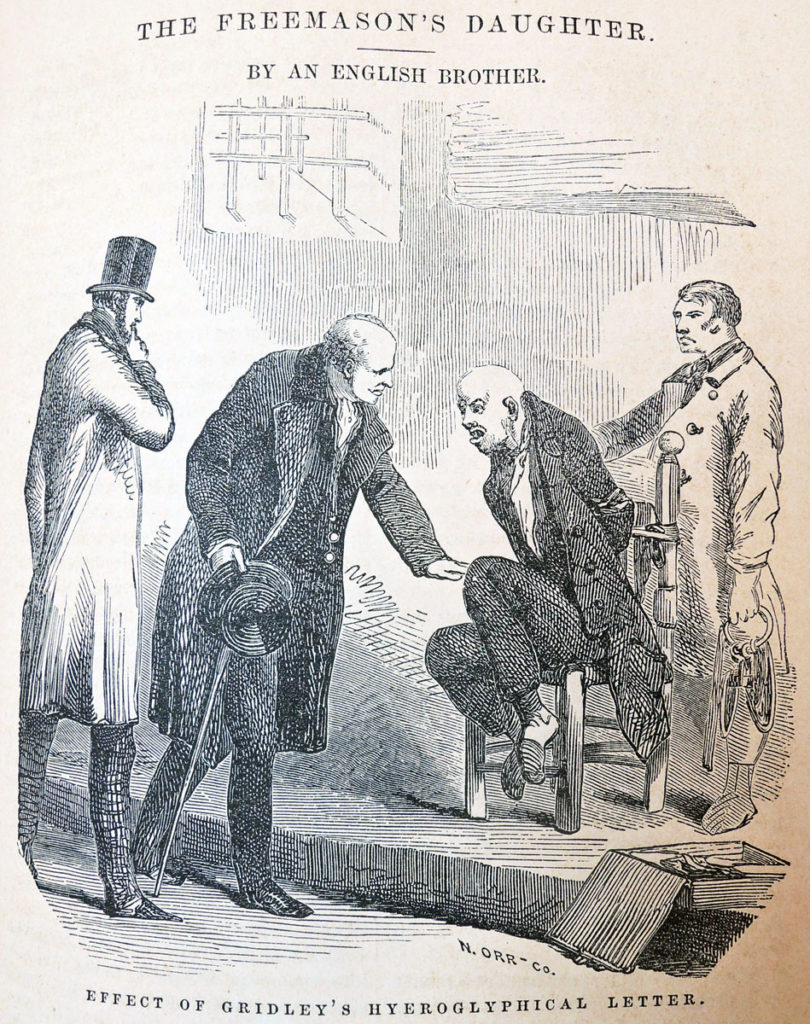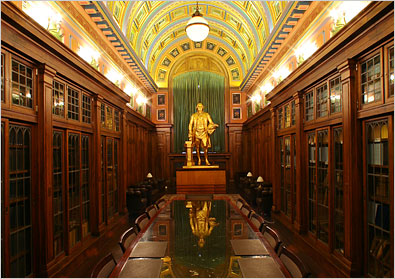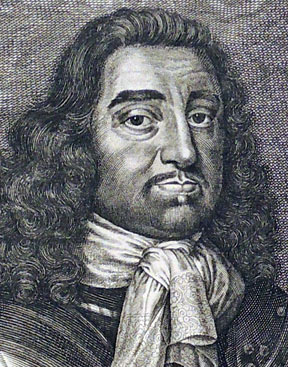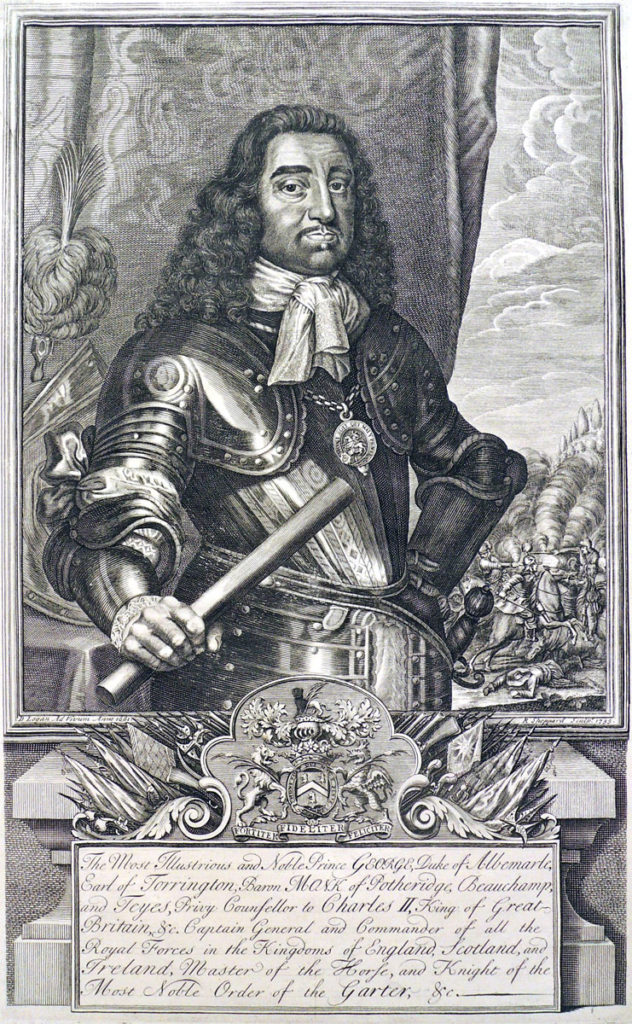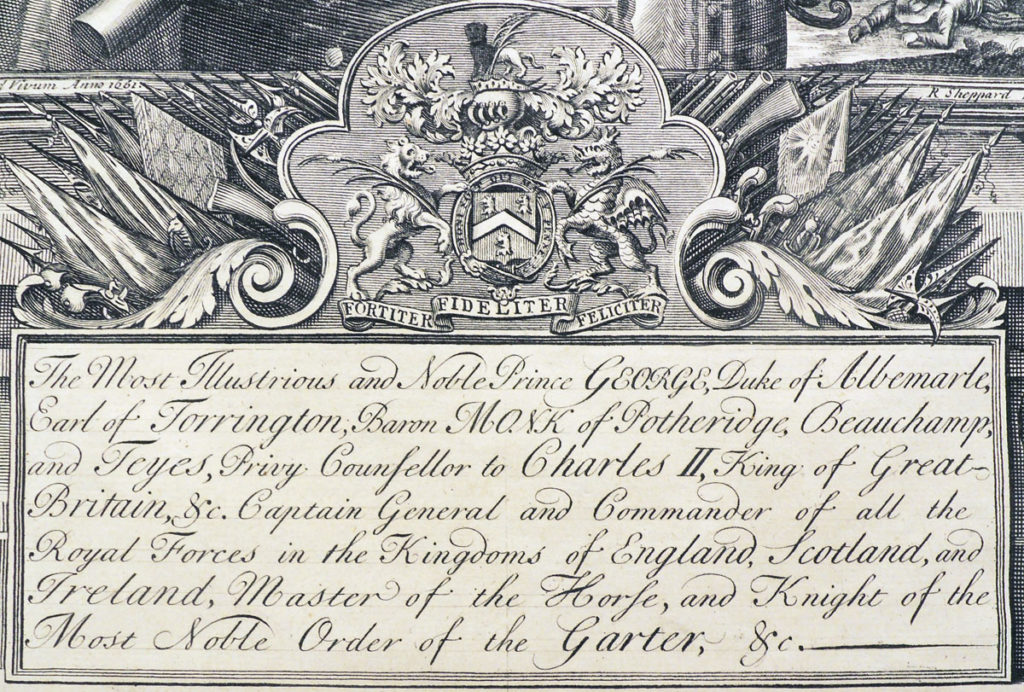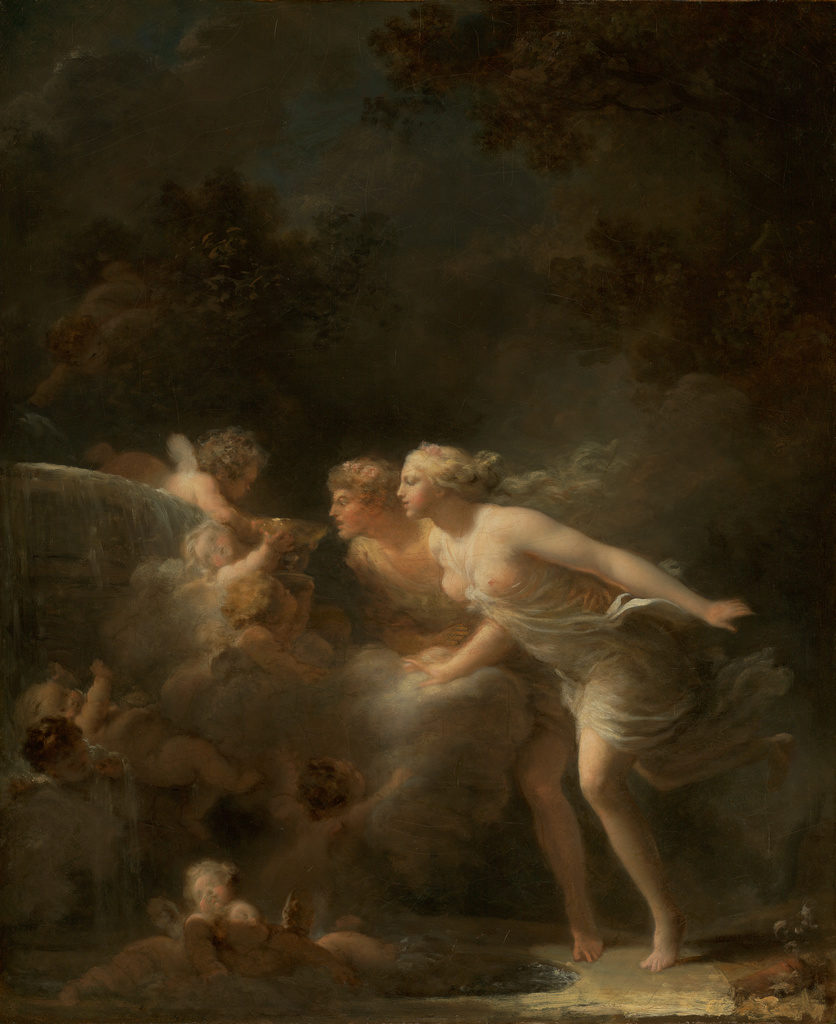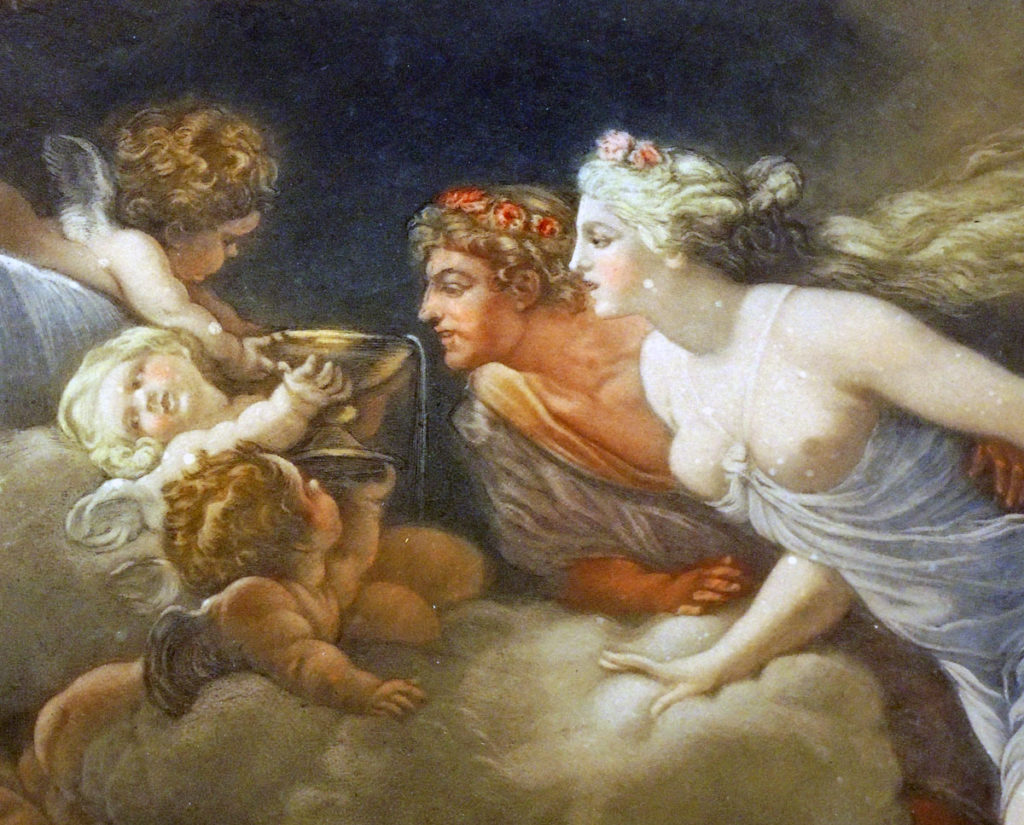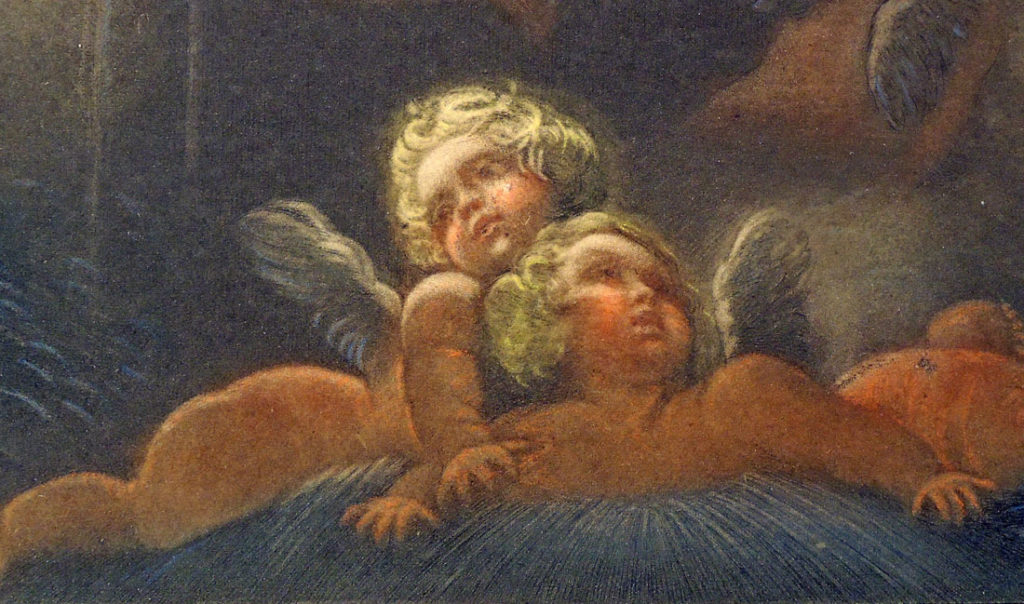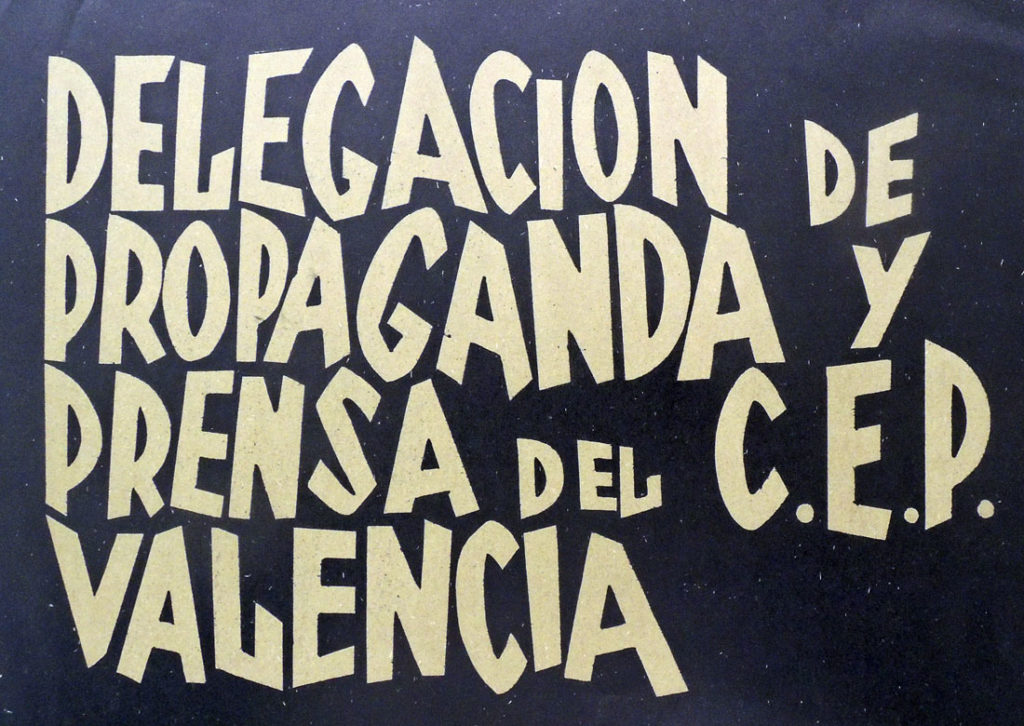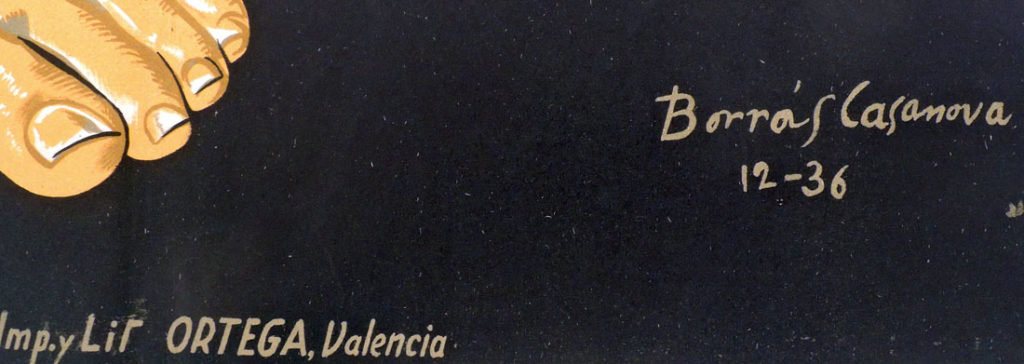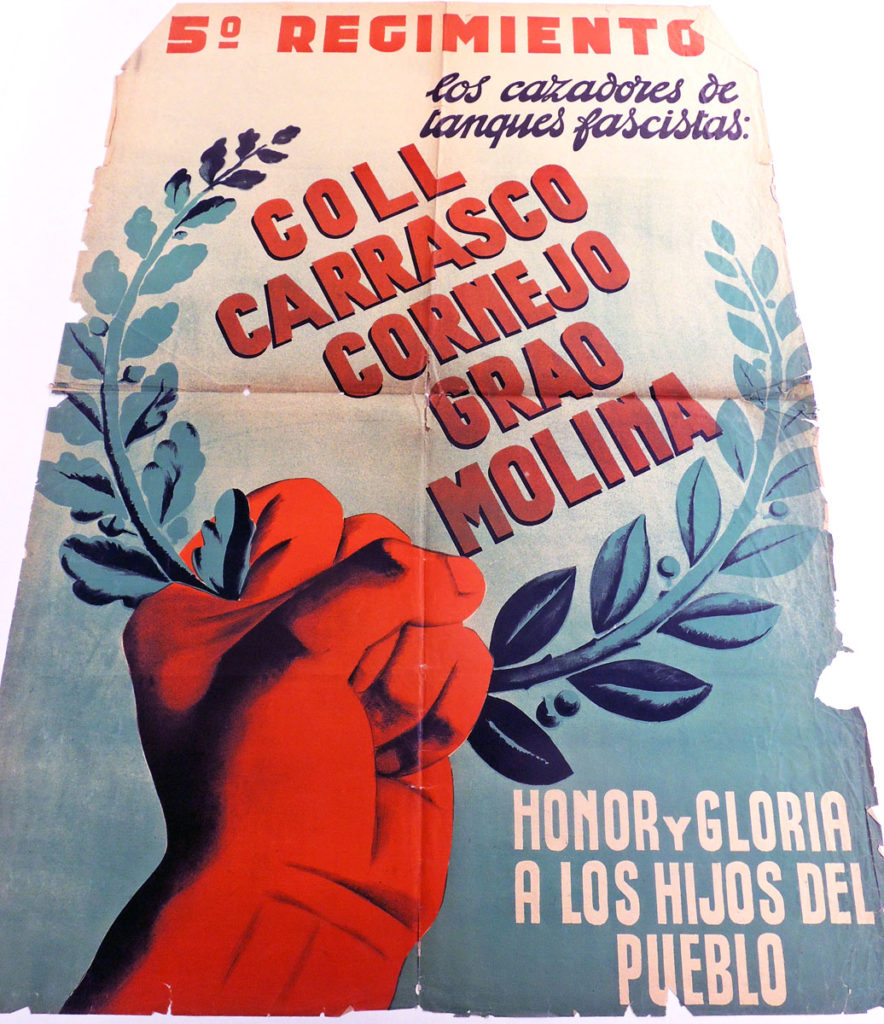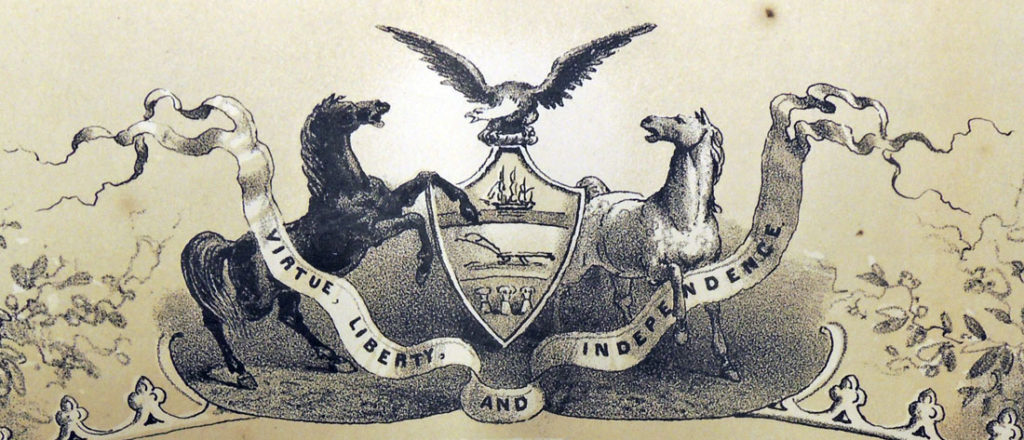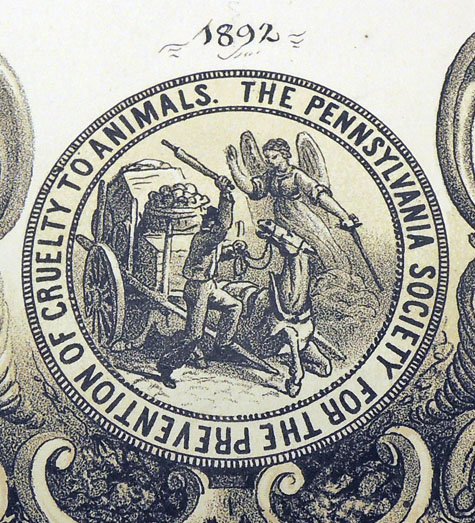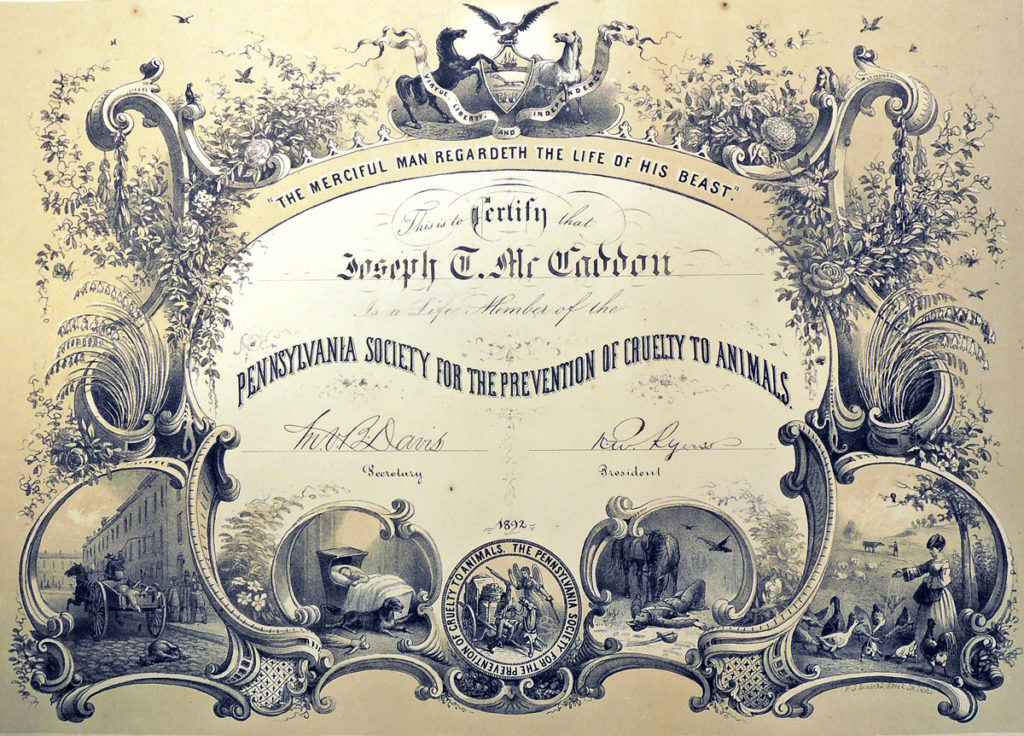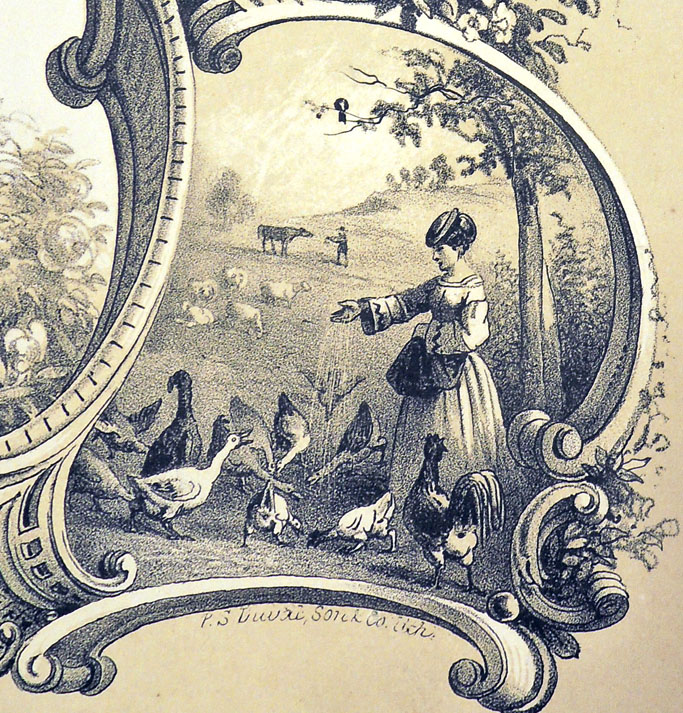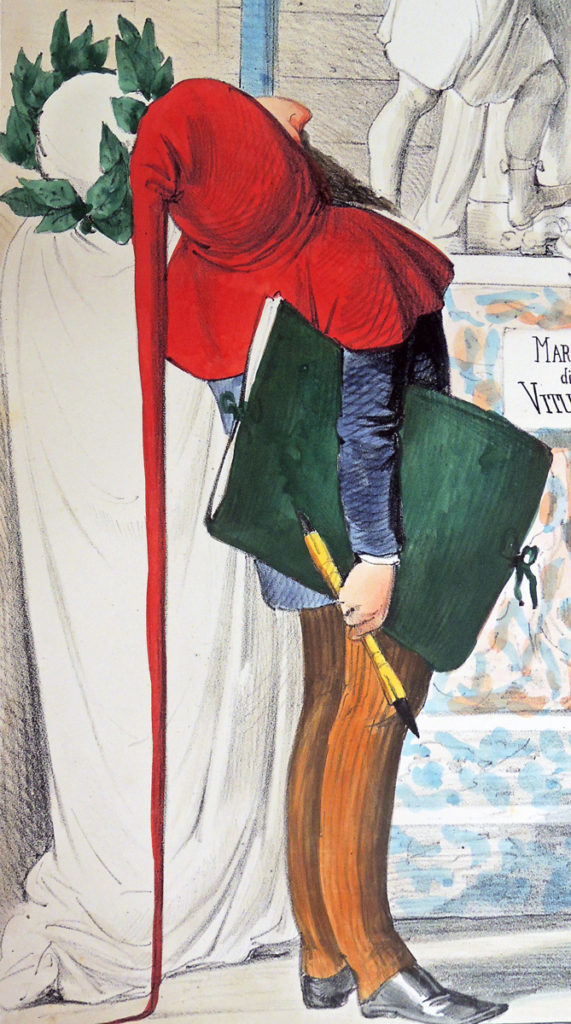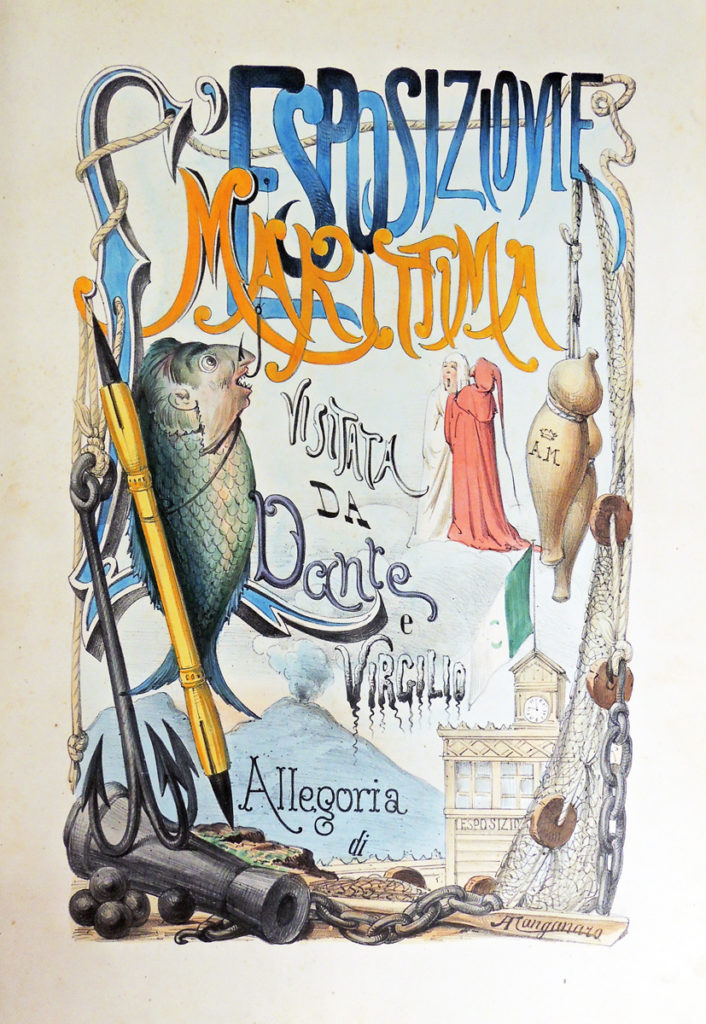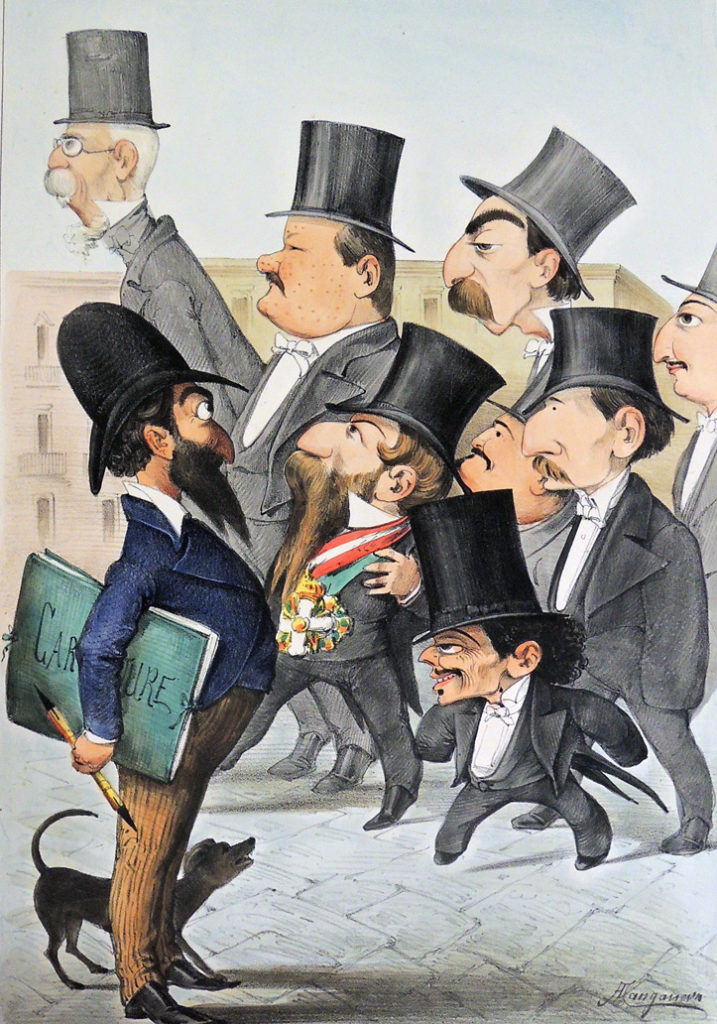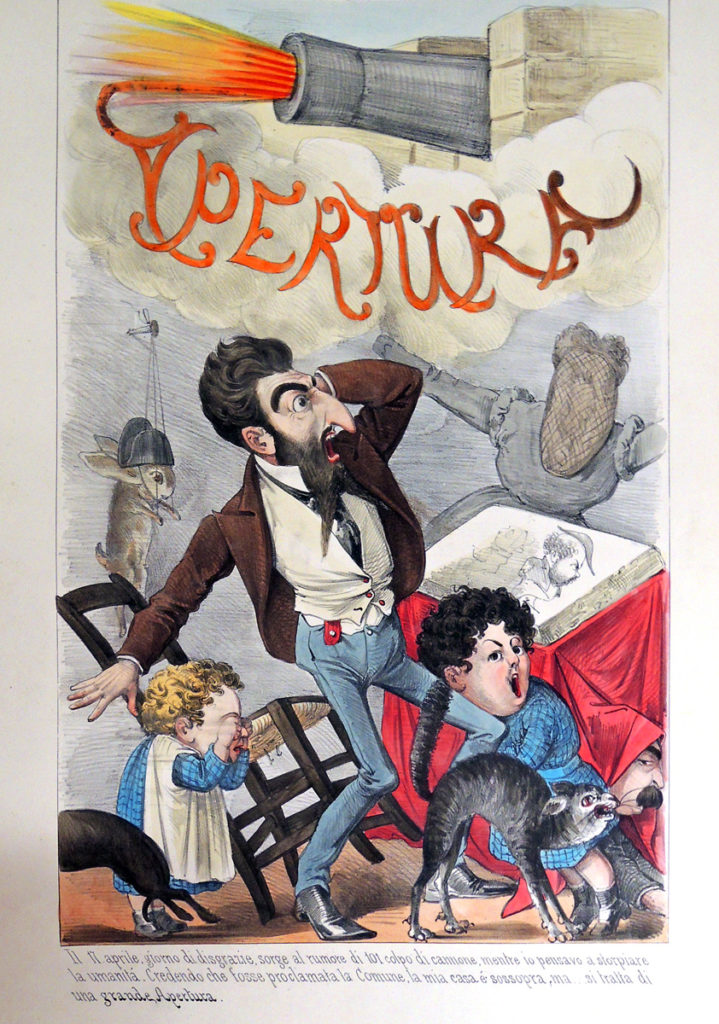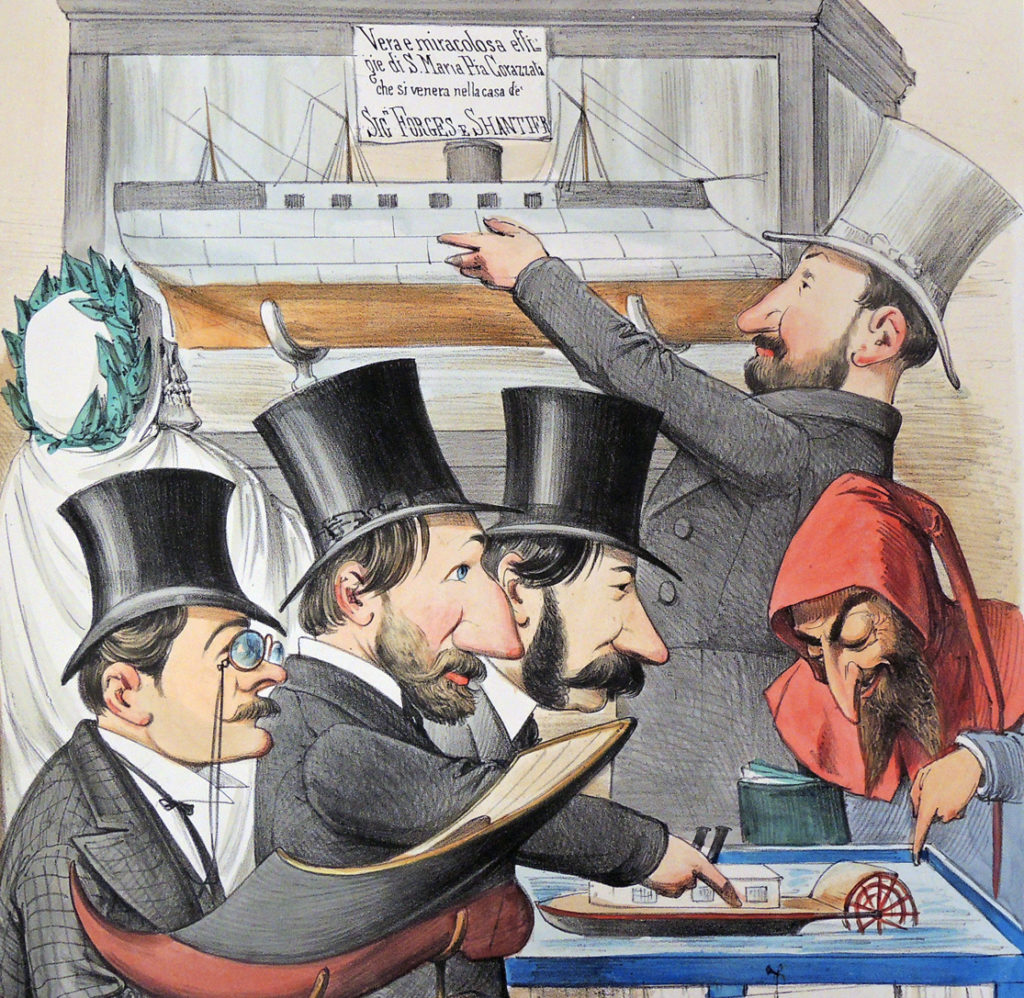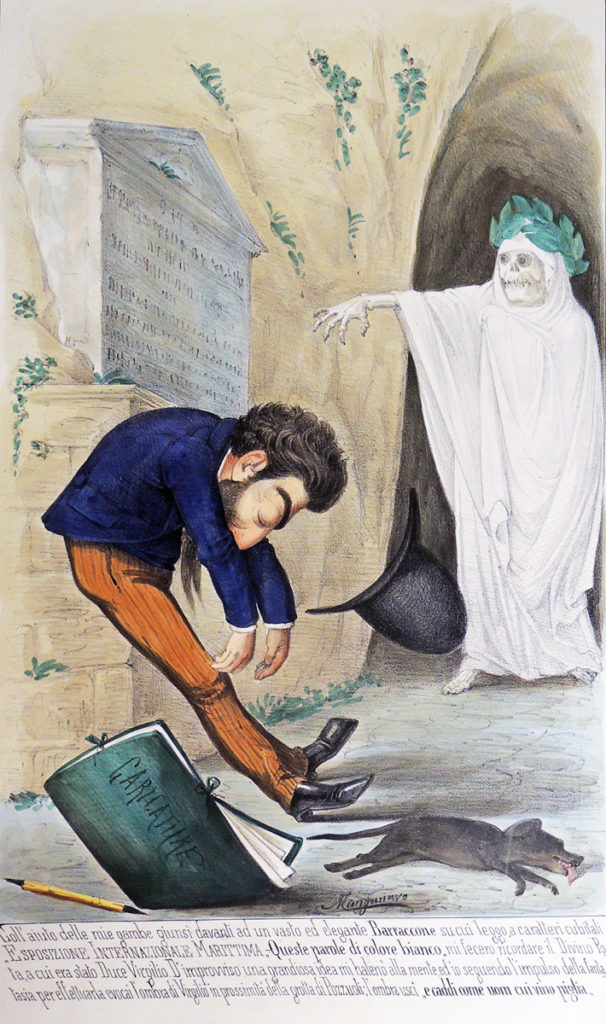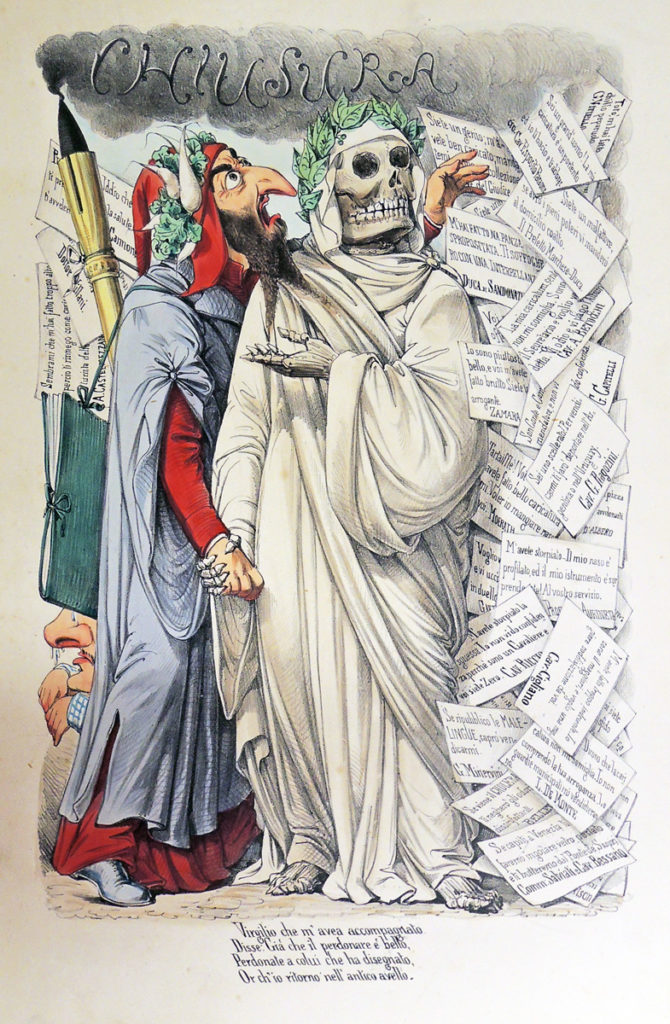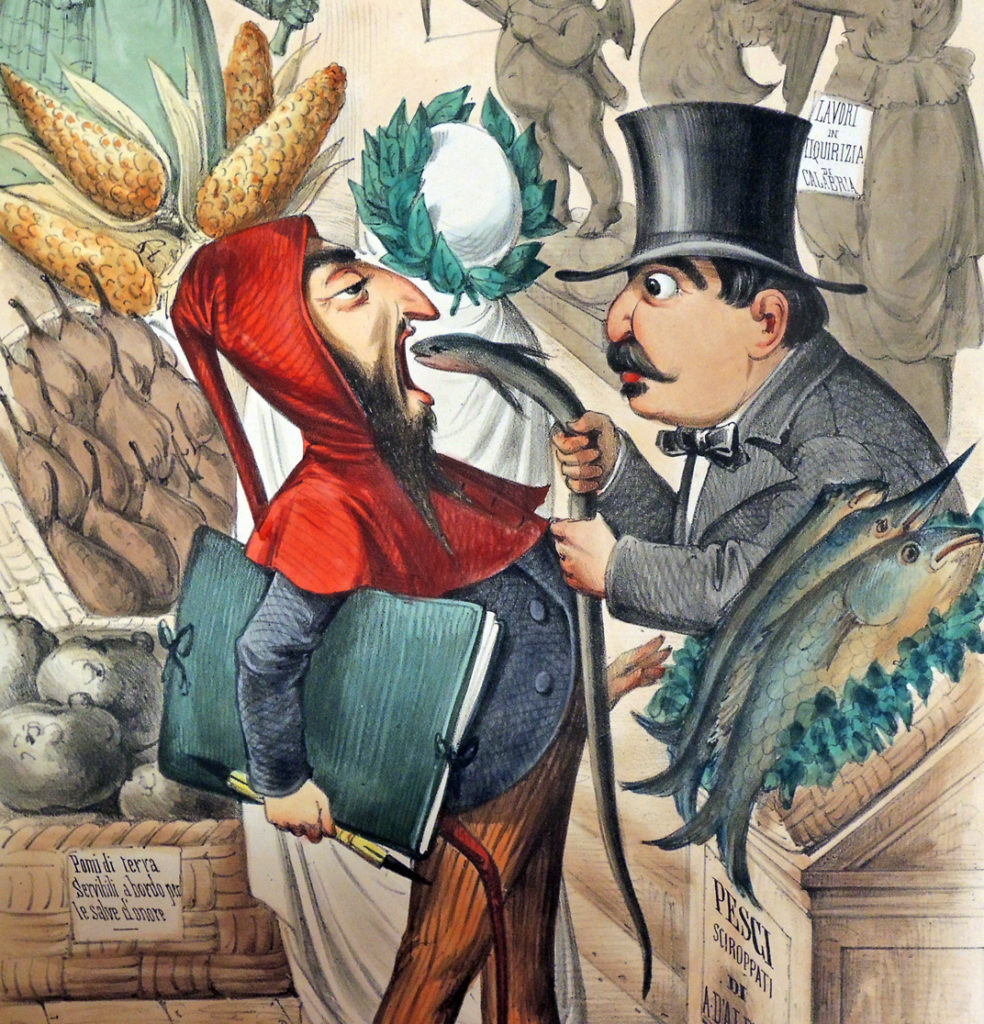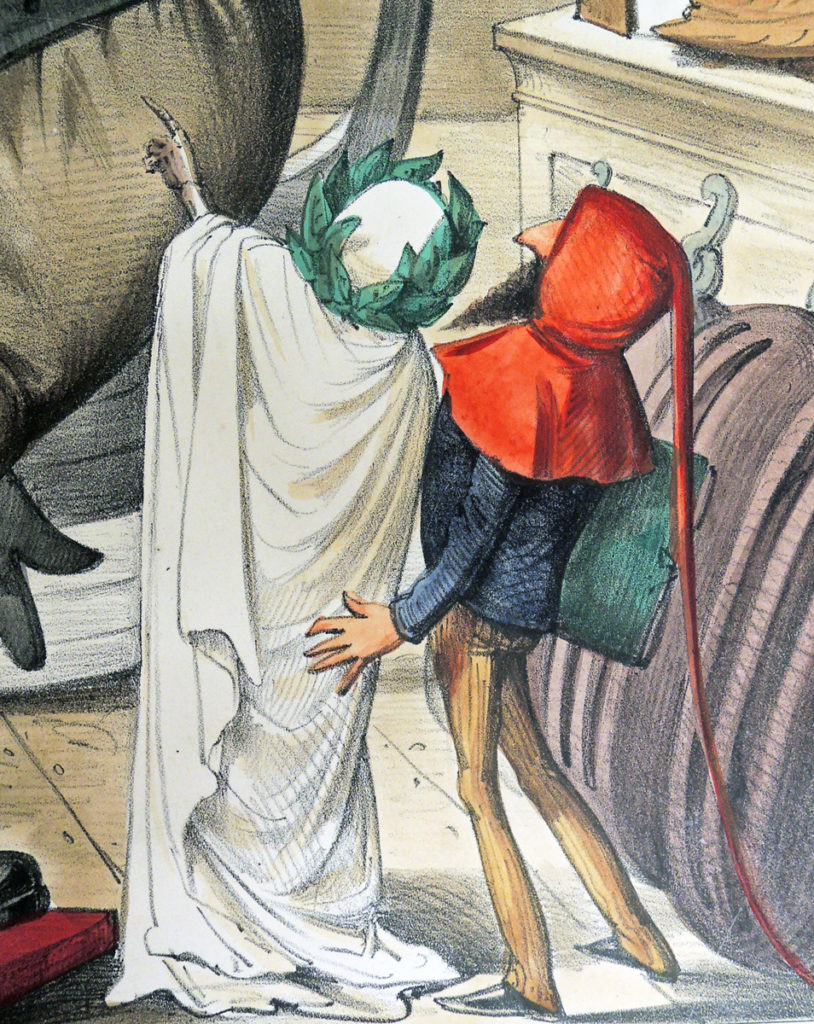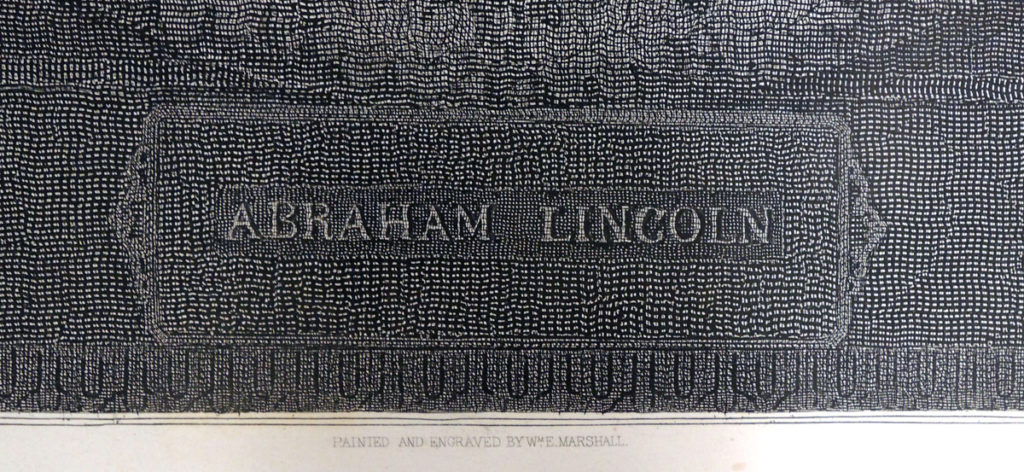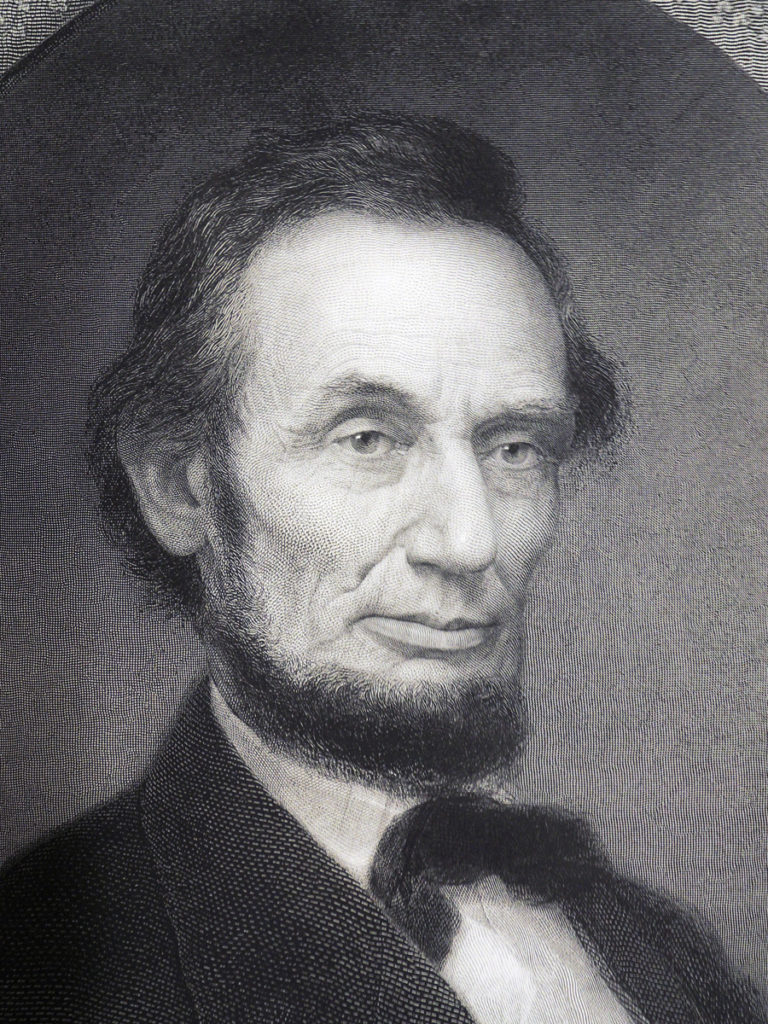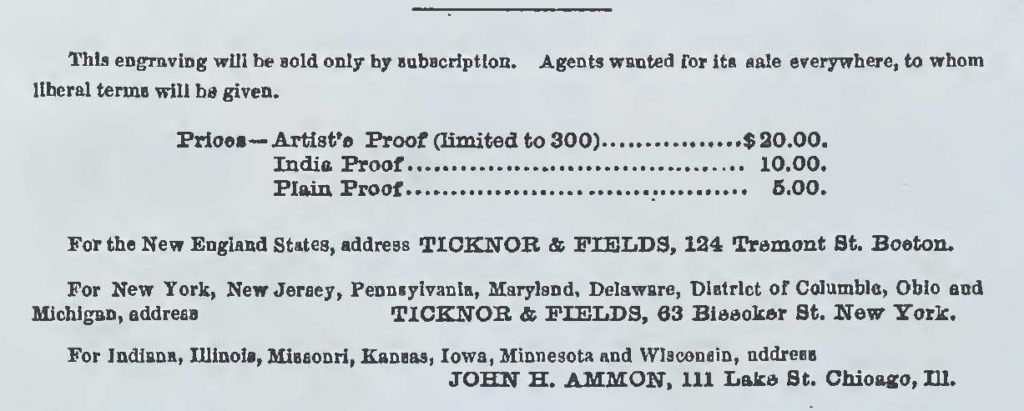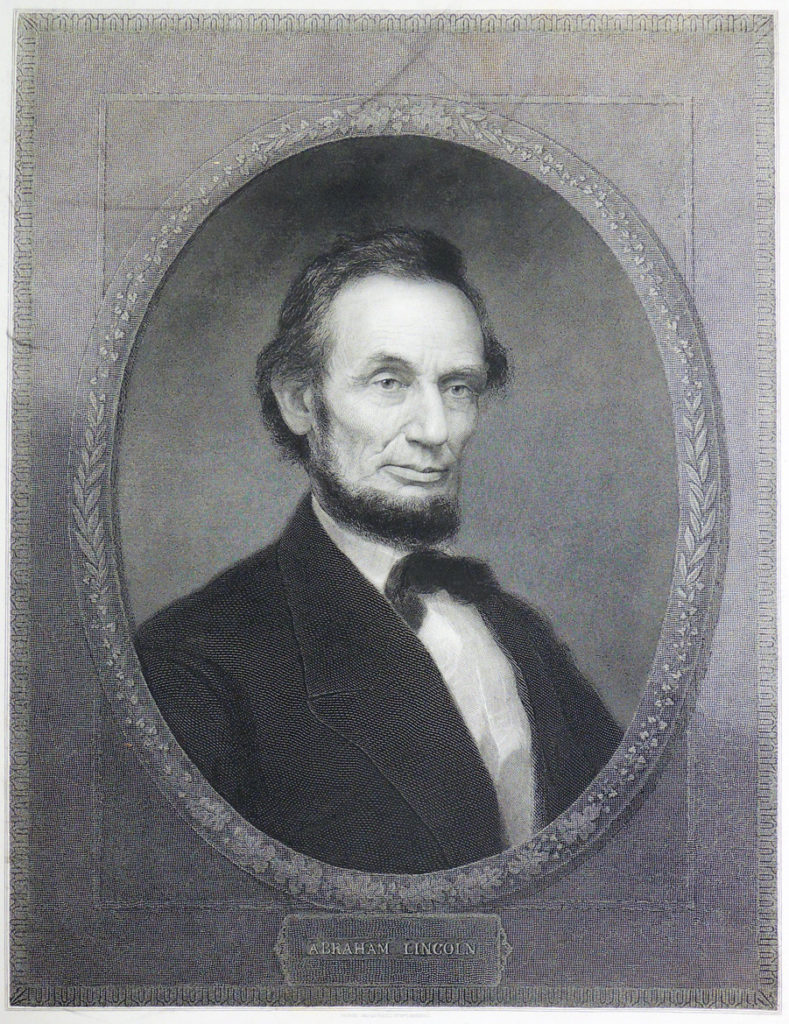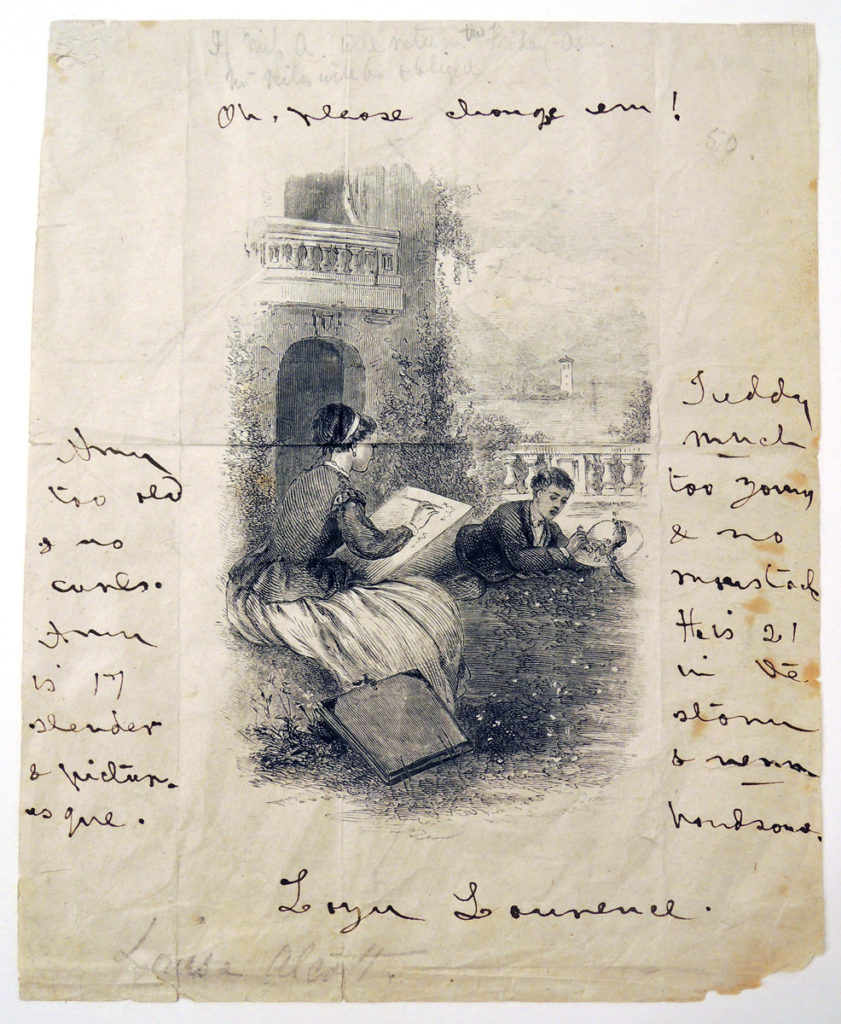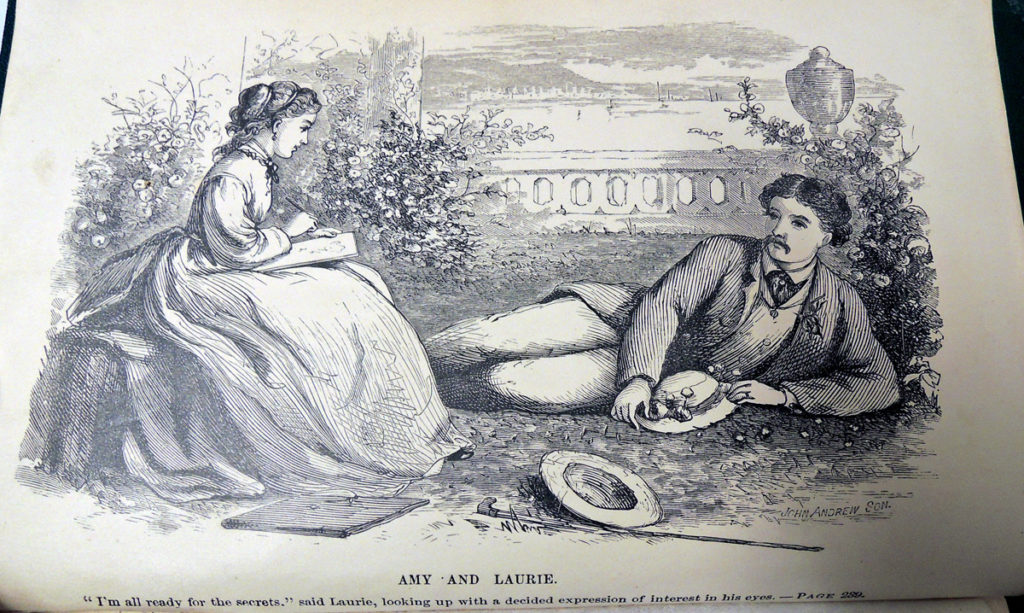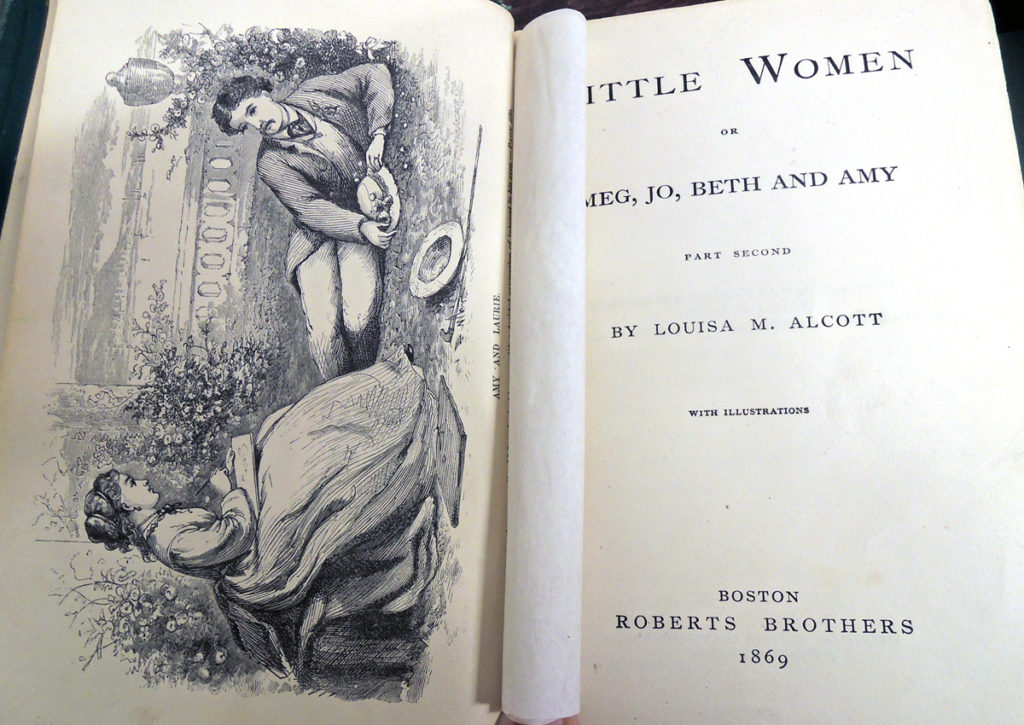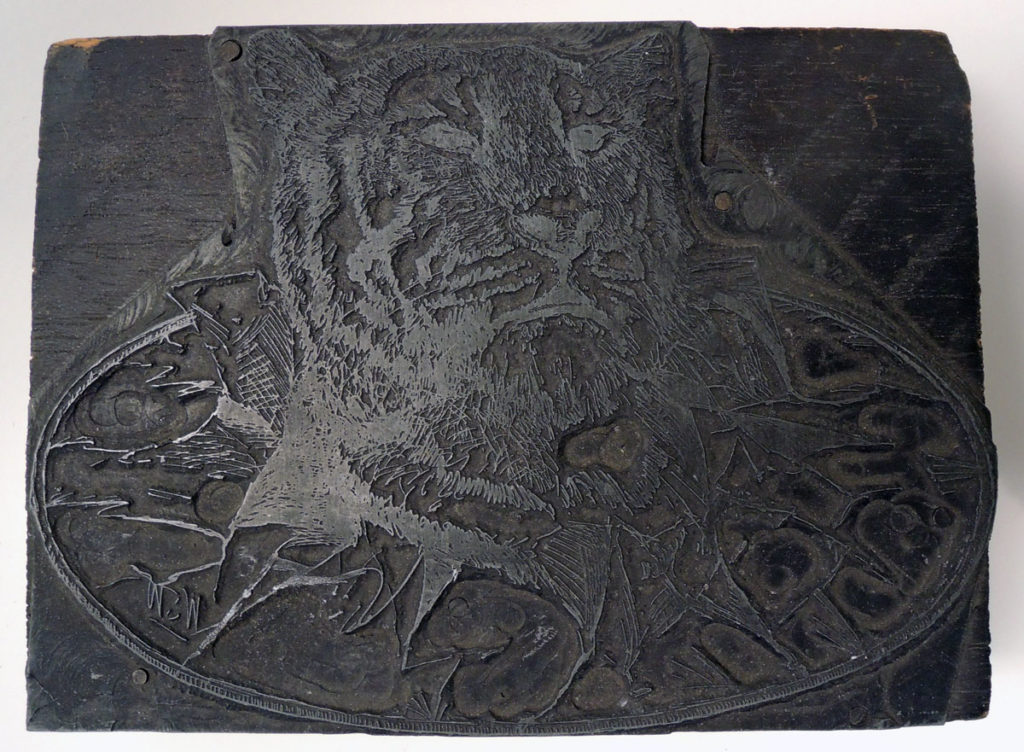 Woodblock for tiger used in The Princeton Tiger, ca. 1881. Graphic Arts Collection. Gift of W.R. Deemes, Class of 1891.
Woodblock for tiger used in The Princeton Tiger, ca. 1881. Graphic Arts Collection. Gift of W.R. Deemes, Class of 1891.
An alumnus in another column asks when the Princeton cheer came to be known as the “Princeton Tiger.” It was but natural that when first adopted by the College the cheer should lie known as the “rocket.” It is descriptive of the explosion of a rocket and was everywhere called by that name lief ore its adoption here; and it is even now occasionally spoken of in the College as the “rocket.” But while the “Princeton Tiger” has largely supplanted “rocket” as the name of Princeton’s cheer, the public are responsible for this rather than the students themselves. The now name has come into use only during the last few years. The inter-collegiate contests, in which Princeton has so largely figured, gradually engaged the interest and attention of the public until the rocket cheer had become so repeatedly associated with Princeton, that when the press called it Princeton’s Tiger. The “Princeton Tiger” it became. It is interesting to note in this connection that the fourth word of the cheer not only gave to the Princeton cheer its name, but suggested the Tiger as the emblem of the college. And when the undergraduates some four years ago started an illustrated magazine and christened it “The Tiger,” and that magazine represented Athletic Princeton as a Bengal Tiger, the “orange and black” lord of the jungle became Princeton’s emblem forever. And this has reacted not a little on Princeton’s devotion to her cheer.
Daily Princetonian, Volume 10, Number 61, December 11, 1885

